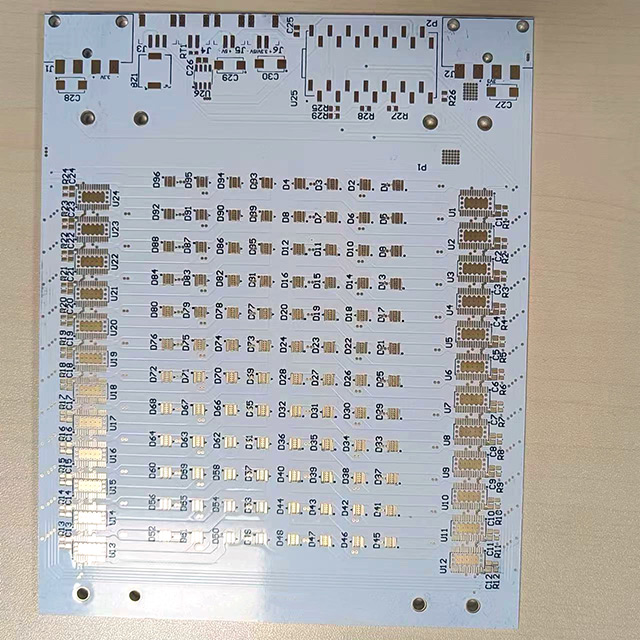Hi John,
The flange in your link looks like an angled one like you would use on the top of a tank and also it has two cork gaskets compared to Toolstations single included fibre gasket. They both do the same job.
Other things you might need are a second gasket for inside the tank if you are struggling to get a seal, don't know if this is a good idea other than as a last resort though. 'Boss white' to smear on the gasket faces may help. I always thought using BW was a sign of the job having been bodged but In this instance I used a bit.:bucktooth:
Make sure you have a big enough spanner or Stillsons to tighten the nut with!
Dave
Spare gasket Toolstation > Heating > Central Heating > Mechanical Flange
Boss White
Toolstation > Plumbing > Consumables > Boss White
The flange in your link looks like an angled one like you would use on the top of a tank and also it has two cork gaskets compared to Toolstations single included fibre gasket. They both do the same job.
Other things you might need are a second gasket for inside the tank if you are struggling to get a seal, don't know if this is a good idea other than as a last resort though. 'Boss white' to smear on the gasket faces may help. I always thought using BW was a sign of the job having been bodged but In this instance I used a bit.:bucktooth:
Make sure you have a big enough spanner or Stillsons to tighten the nut with!
Dave
Spare gasket Toolstation > Heating > Central Heating > Mechanical Flange
Boss White
Toolstation > Plumbing > Consumables > Boss White
Last edited:










